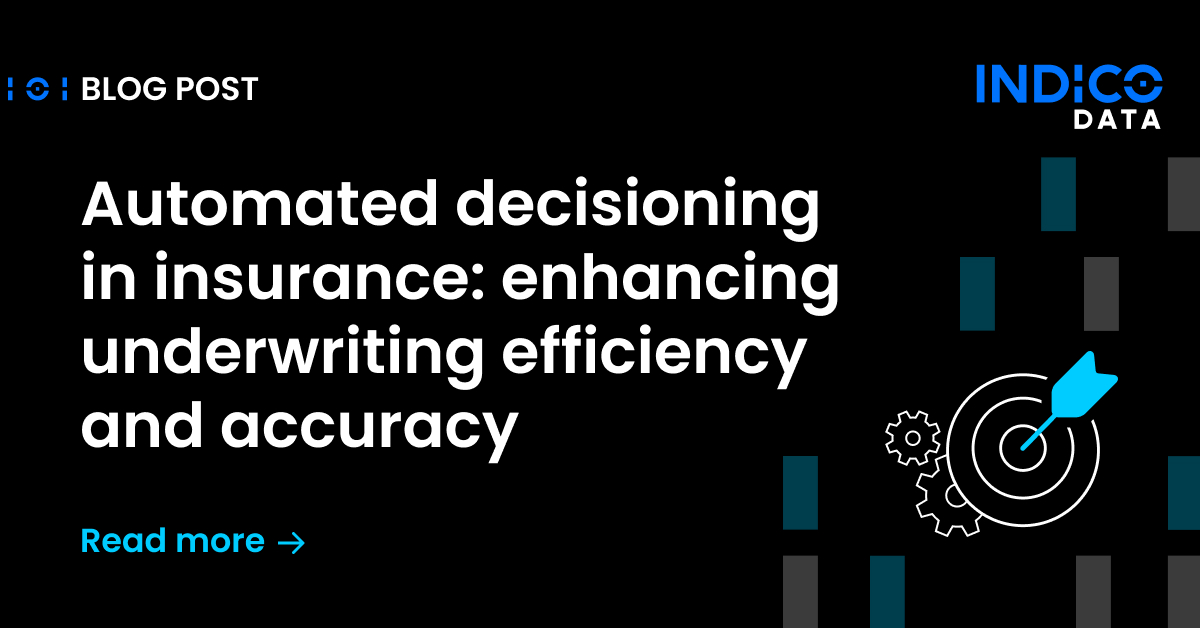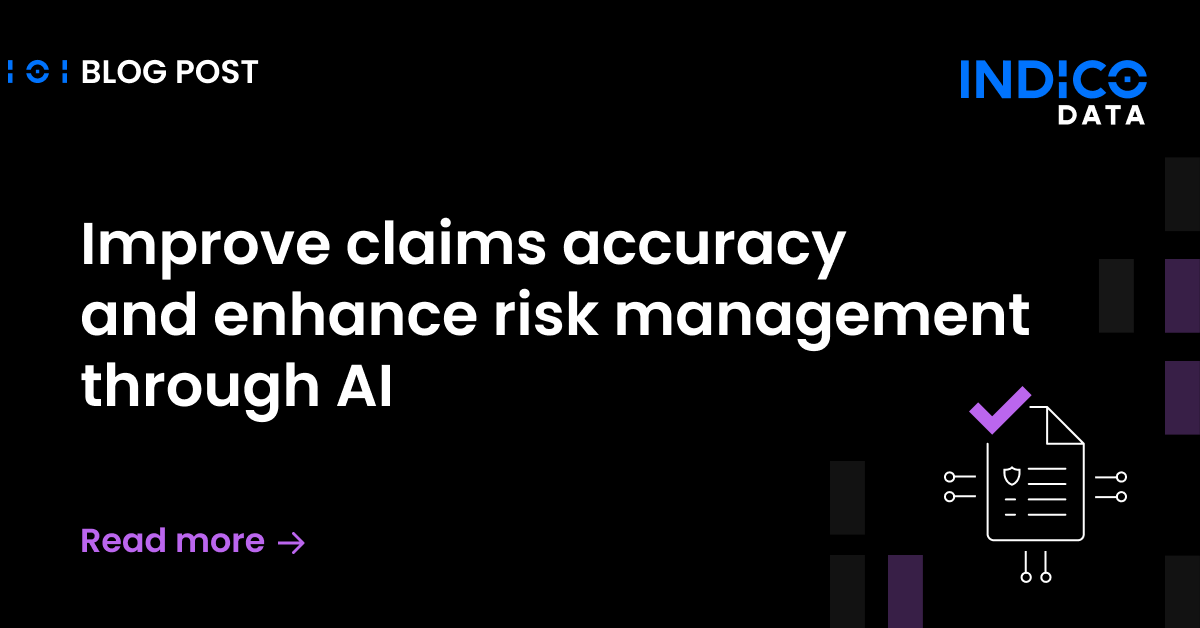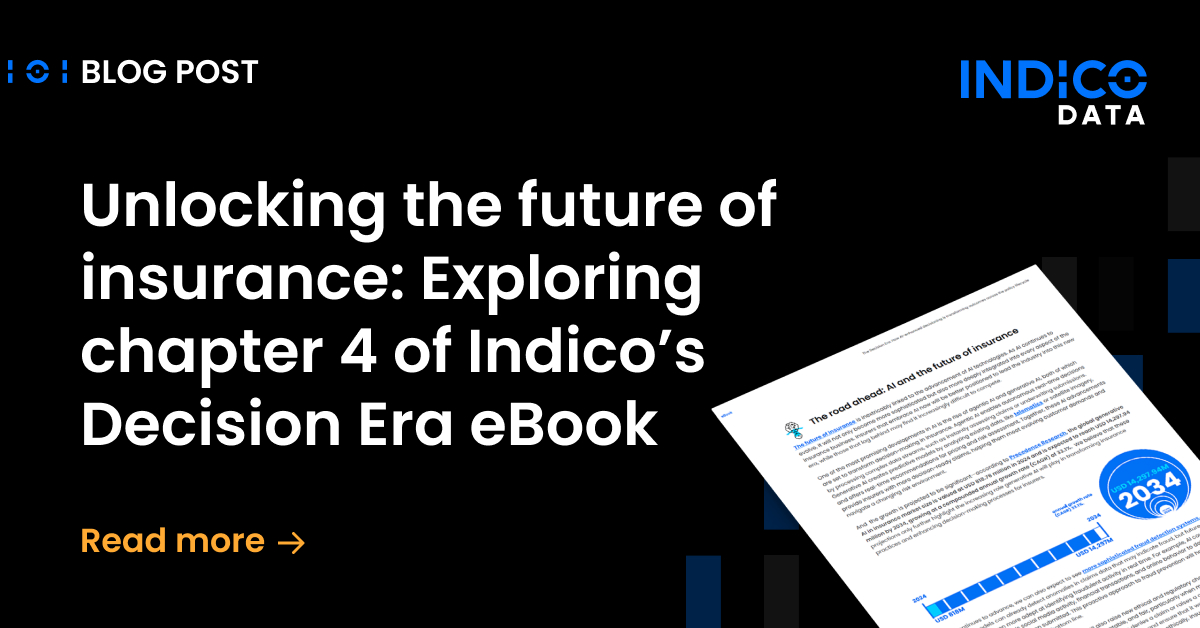The latest installment of my Unstructured Unlocked podcast was a special one, as we welcomed my new co-host, Michelle Gouveia of Sandbox Industries. Sandbox is a venture capital firm where Gouveia brings to bear her years of experience in the insurance industry to help drive investments in technology companies that show promise in addressing various insurance pain points.
As this first conversation with Gouveia made clear, there is no shortage of pain points to address in the insurance business. Automating insurance underwriting and claims processes leaps to mind but, as she explained, many others have to do with making data accessible and usable. Insurance companies own a veritable treasure trove of data – if only they can figure out how best to make use of it.
Listen to the full podcast here: Unstructured Unlocked episode 13 with Michelle Gouveia
Deep insurance technology experience
By way of background, Gouveia comes to Sandbox following four-year stints at each of two large insurance companies in Hartford, Conn.: Travelers and Hartford Steam Boiler (HSB), a global specialty insurer and reinsurer that’s now part of Munich Re.
“I was born and raised Hartford County, Conn., the insurance capital of the world,” she said. “It’s very easy to just find yourself working at one of those big carriers which is what happened straight out of school.”
It was at HSB that Gouveia really started to get heavily involved in the technology side of insurance and innovation initiatives. She worked with the business to identify needs, run proof of concept and pilot projects, report results, and recommend (or not) various technology initiatives. That work helped her understand which technology companies truly understood the challenges insurance companies face and had viable solutions to address them – experience that translates well to Sandbox.
Insurance challenges to tackle with technology
Indeed, she sees no shortage of opportunities for technology companies looking to address insurance challenges, including:
- Streamlining the process of making effective use of data and analytics
- Improving back office operations, including reducing mundane data entry work
- Various claims issues, including speeding processing, reducing claim severity, and better engaging with customers
- Improving partnerships with brokers, agents and re-insurers
- Dealing with the morass of regulation insurance companies face
- Continuing on digital transformation journeys
I suspect we’ll be diving into each of those challenges in coming podcasts with various guests. For now, I’ll highlight just a few areas where Gouveia sees tech companies making progress.
Using data to improve insurance underwriting
At Sandbox, she sees a lot of entrepreneurial activity in the underwriting space, and the issues invariably revolve around data. “It’s leveraging data to make key business decisions,” she said. “What we’ve seen arise is partnerships with third party data vendors to streamline that process.”
So, as opposed to applicants having to input various data on their home or business, insurance companies partner with third-party data sources to do it for them. In that scenario, applicants merely verify the data the insurance company provides. “You heat this building with natural gas, correct?” – that kind of thing. The same sort of technology can be used to validate that data applicants provide is accurate, to improve underwriting and loss ratios.
Underwriting automation is much simpler on the consumer side of things vs. commercial, including middle market companies. While automation and artificial intelligence can certainly play a role, Gouveia confirms what we’ve been telling anyone who will listen: humans are not going away any time soon.
“On the middle market side, you usually have multiple lines of business being underwritten by multiple underwriters for a variety of insurance limits and things like that,” she said, which means multiple people touching the submission, including brokers. “So,there is always going to be a human component. It’s just a matter of how do you automate as much of that as you can to enhance what the human is able to produce.”
Related content: How a sound data strategy makes insurance underwriters more effective
Applying data for more effective claims handling
It’s a similar story when it comes to applying technology the claims side. Improving the claims process automation and workflow is table stakes, including the use of portals and systems to file, track, and pay claims.
But all the data insurance companies have at their disposal makes for some intriguing opportunities. “They own all of that claims data, and so they can go through it and look to see patterns and trends,” Gouveia said. “There are a lot of insights there that still need to be pulled out.”
Data can also be used to help reduce the severity of claims. “What are some things insurance carriers can offer their clients to help make their homes or properties safer?” she asked. Taking advantage of their claim data, insurers are in a position to advise customers on the risks they face in areas prone to wildfires, catastrophic storms and the like.
“Even things like telematics and the pathway to autonomous vehicles and how does that impact claims,” she said. Theoretically, autonomous vehicles will reduce the frequency of claims. “But then if there is a claim, who’s at fault? … Claims is a fascinating area of the insurance space, especially when you think about all the ways entrepreneurs are tackling it.”
Related content: 4 ways intelligent intake improves the commercial insurance claims process
Making insurance data accessible and usable
To date, insurance companies are just scratching the surface of what’s possible with technology and data.
“Data in general in the insurance space is a fascinating area because there’s so much of it,” Gouveia said. “But much of it is underutilized or not utilized.
Going forward, the key is figuring out ways to pull insights from all that data to help drive better results in areas including claims and underwriting risk assessment. That could include quickly elevating claims with certain characteristics that indicate a potentially catastrophic or costly event, or expediting claims that meet certain criteria so you can spend more time on complex claims.
“What new data is accessible that will help improve these workflows? What data already exists but is inaccessible internally?” she asks. “How do you access that and then make it usable so that it can help drive business decisions and business outcomes?”
All excellent questions that I look forward to exploring with my new co-host in weeks to come. Welcome aboard Michelle Gouveia!
Find the full transcript of the podcast here.
Check out the full Unstructured Unlocked podcast on your favorite platform, including:


